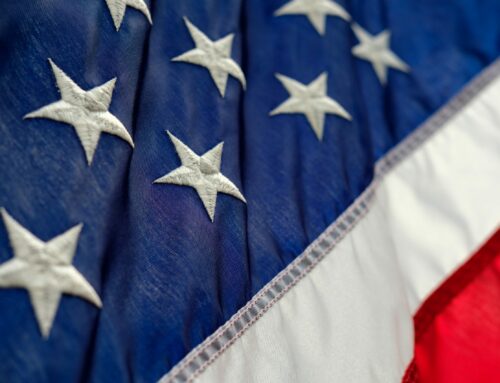Now best value is the law of the land. However, successfully managing best value procurements is easier said than done. I was involved in two RFP’s recently in which the government tried to evaluate on the basis of best value and turned them both into binary awards. Why? In order to do best value, you must have both the technical skills and the procurement skills to be able to distinguish between a high profit or high overhead offer and an offer with a higher technical quality warranted by the higher price.
In neither case could the agency do so.
In both cases the contracting office personnel were fairly experienced. They simply lacked expertise in best value and did not obtain it from another source as the FAR suggests should be done. If you are suddenly called on to procure 10,000 blood tests for HIV, hopefully you will have appropriate technical assistance available or can call NIH and get some.
In Case One described above, the low-price winner had a storage facility exposed both to the weather and to possible theft of government data because trucks were unloaded outside the building in the rain and snow. In Case Two the winner did not meet MilSpecs because the wrong metal was used and the agency did not realize that this was the case.
Best value is complex and requires much skill. This is why agencies have lost so many protests on the subject. My favorite is the pistol buy at National Park Service (NPS). Their technical evaluators gave SigArmys a tech score of 93 to 100 and Ruger a score of 89 to 100. SigArmys’ price was 77% more. NPS was willing to pay 77% to get a technical advantage of 4% or so. Needless to say, the court did not find this best value amusing.
When preparing a best value proposal, ensure it will be clear to the technical volume evaluators each time you are proposing in excess of the required specifications, and to the price/cost volume evaluators the incremental difference for exceeding the required specifications.





Leave A Comment